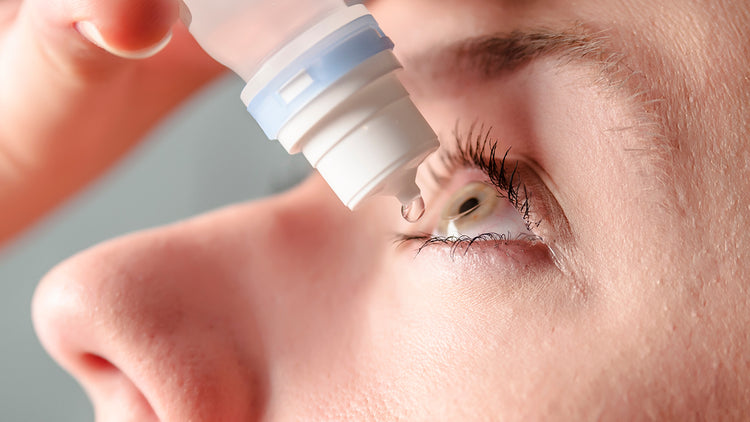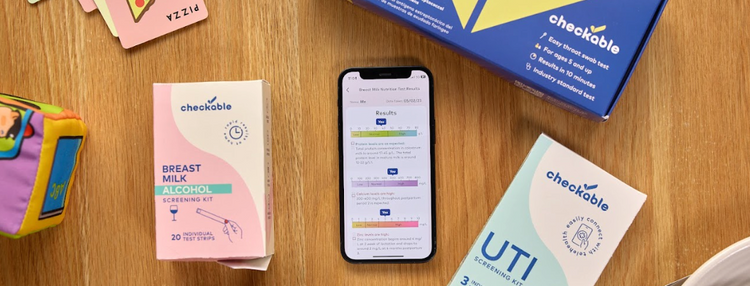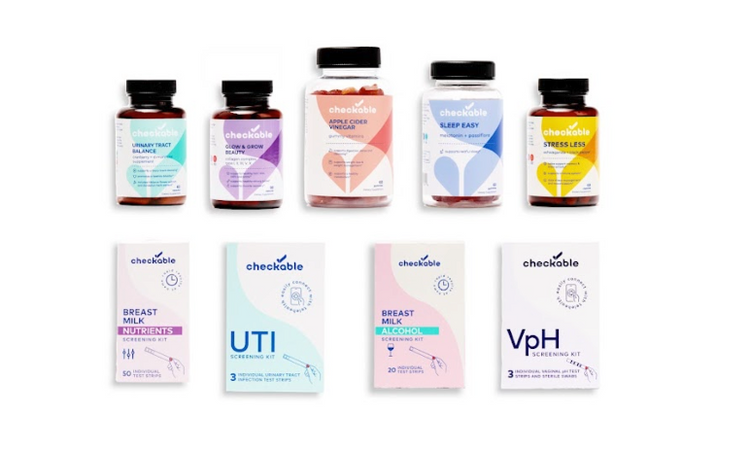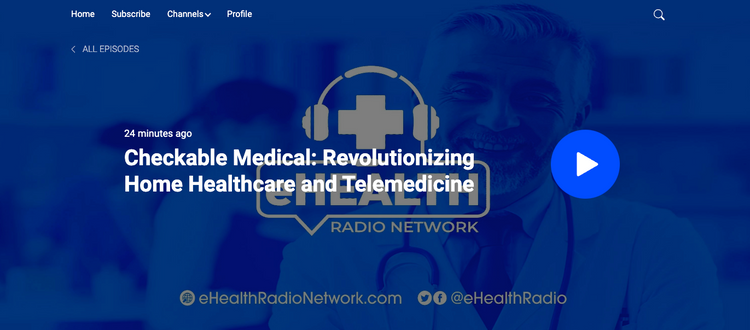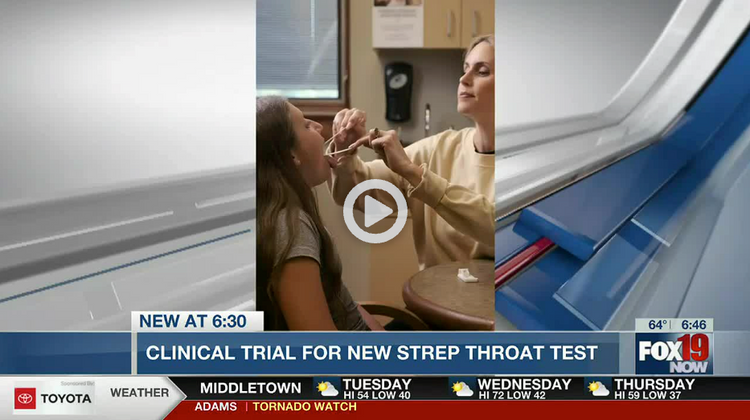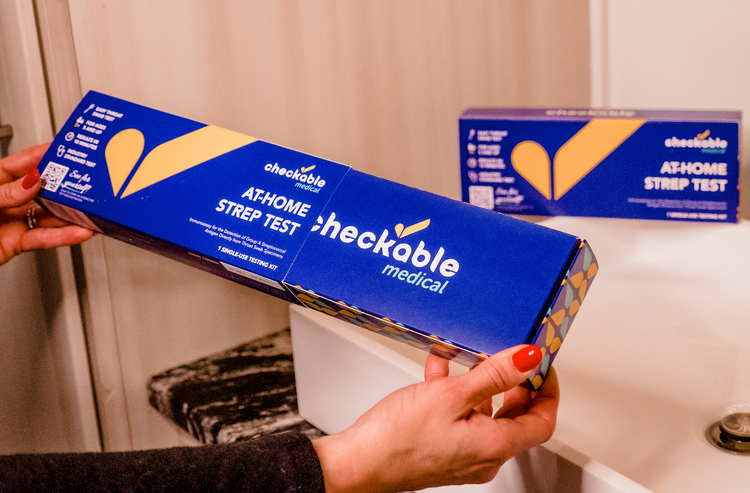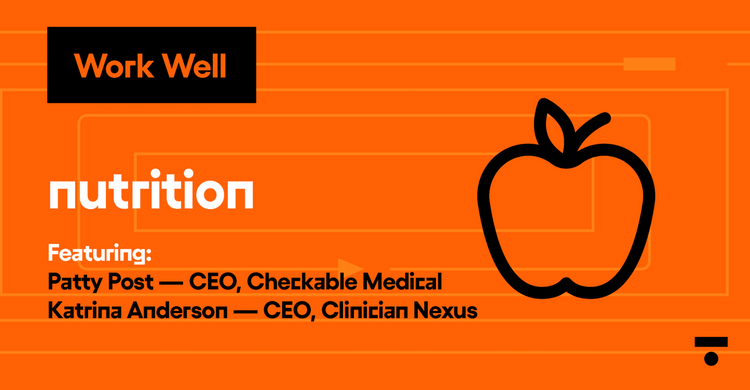
If a sore throat is bringing you down, it may be wise to look at some of the other symptoms to see what actually may be causing it. Although viruses or allergies typically cause sore throats, there is a chance that your sore throat is caused by the Group A streptococcus bacteria known as strep throat. In order to treat the root of the problem and then soothe the symptoms, you must first identify the illness. A good place to start is to look for signs of strep throat and then get tested.
Check For the Signs and Symptoms of Strep Throat
Strep throat is most common in children ages 5-15, but adults can get it too if exposed. Strep is easily passed through droplets of saliva just by talking, sneezing, or coughing. In fact, about 20% of school-aged children may carry the bacteria but show no symptoms. Some typical signs of strep include:
- Sudden sore throat
- Painful to swallow
- White patches (pus) in the back of the throat
- Fever
- Fatigue
- Loss of appetite in children (hurts to eat)
- Nausea
If some of these symptoms are present, your next step would be to take a strep throat test to see if the bacteria is present. If so, antibiotics are needed to kill the strain and prevent the strep from spreading to others. If you or your child has a sore throat that is accompanied by sneezing, coughing, or a runny or stuffy nose, it's most likely not strep throat and antibiotics are not needed.
What Exactly is a Strep Test?
There are two types of strep throat tests that are administered to see if group A streptococcus bacteria is present.
- Rapid Strep Test: A rapid antigen test is the quickest way to know if you have strep. It can identify a case in under ten minutes. At-home strep throat tests are available for added convenience, saving a lot of time and hassle with trips to the doctor. Your doctor or pediatrician can also do one in their office. Either way, they are simple to do. The patient will tilt their head back and open their mouth. A tongue depressor is used to hold down the patient's tongue. Then they will rub a cotton swab on the tonsils or back of the throat to take a sample. Results are given in just a few minutes.
- Throat Culture: The second type of strep test is usually only given if the rapid test is negative. This test looks for strep A bacteria as well, but it is sent out to a lab for a more accurate diagnosis than a rapid test. Results can take up to three days, but the procedure itself is the same.
Positive or Negative Tests
If you or your child has a positive result on a rapid strep test, it means a strep A infection is present, and you will need a prescription for antibiotics. No further testing is needed. Typically, a rapid test is done first due to the quick results, but if the rapid test comes back negative and has signs pointing to strep, a throat culture will also be sent to a lab to double-check.
If the throat culture comes back positive, it means you or your child has strep throat or another bacterial infection that will need antibiotics. If the throat culture was also negative, it means there is no bacteria present and that a virus or allergies most likely cause your symptoms. In this case, no antibiotics are needed.
If either test were positive, a doctor would prescribe a 10-day supply of antibiotics. Patients should start to feel improvement after 24 hours of their first dose.
FAQ's About Strep Throat Testing
Q: Does it hurt?
A: No, getting a strep test (rapid or culture) is relatively painless; however, the patient may have a gag reflex that is uncomfortable for a second. The whole procedure takes 30 seconds or less.
Q: What is strep, and how did I get it?
A: Strep throat is a bacterial infection that affects the back of the throat and the tonsils. It is highly contagious and spreads by talking, coughing, or sneezing. Children may often be asymptomatic but can still spread it to others. That is why antibiotics are recommended.
Q: Are there any risks to the strep test?
No, there is no risk in getting a swab test other than it may cause slight discomfort or gagging. The testing itself takes about 15 seconds.
Q: Why do I need a strep throat test?
If you or your child shows signs of strep, it is important to get the strep test to help prevent spreading it to others and to get medication to kill the bacteria. Antibiotics can make symptoms go away faster and help prevent complications. If left untreated, strep can lead to rheumatic fever, scarlet fever, or other infections in the body. If no bacteria are present, then you can skip the antibiotics. Taking them too often when not needed can cause resistance.
Q: Can infants and toddlers get strep?
A: Yes, anyone can get strep throat if exposed to it. It is most common in school-aged children, but babies and toddlers can get it at daycare or from siblings that have it. Children and toddlers may also experience unexplained crankiness, loss of appetite, and laryngitis when they have strep.
Q: Can I do a rapid strep test at home?
A: Yes, you can use an at-home rapid test for quick results to skip the doctor's visit. Checkable's Rapid Test even can be paired with a telehealth visit with a healthcare provider to get antibiotics called into your nearest pharmacy in under 30 minutes.
Life is too short to sit in a doctor’s office
Sign up for our weekly newsletter and get valuable healthcare tips and tricks in your inbox!
Sign up now and unsubscribe anytime.
- Choosing a selection results in a full page refresh.
- Press the space key then arrow keys to make a selection.


































